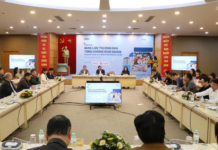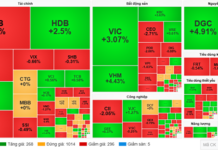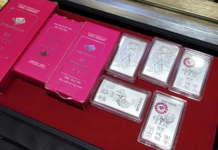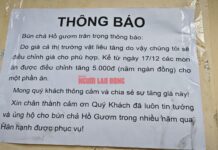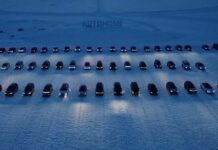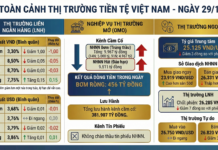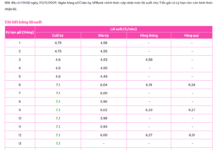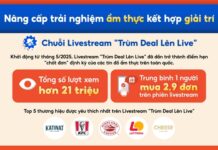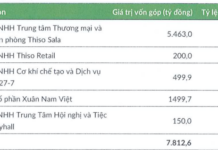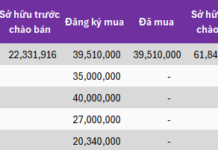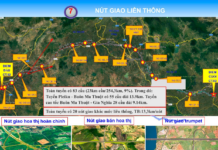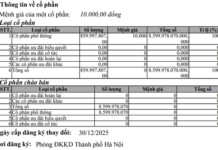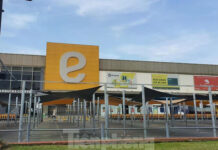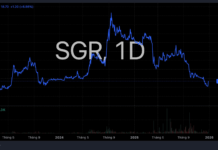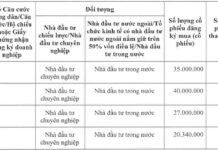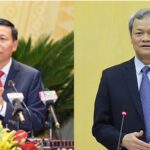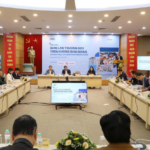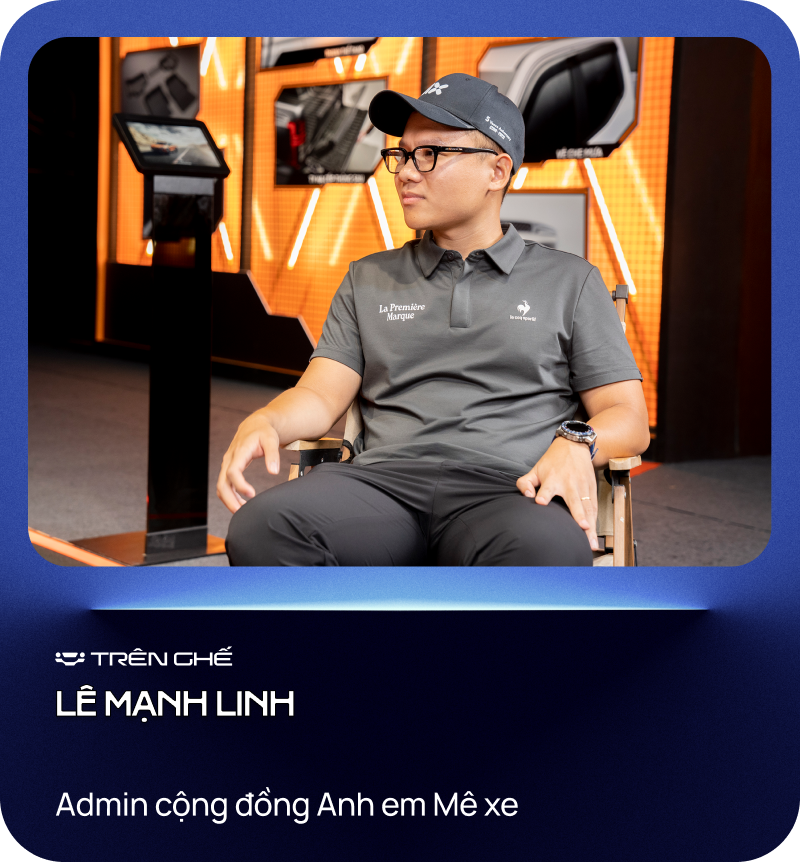
Host Đăng Việt and guest Lê Mạnh Linh discuss the topic: “Can Mitsubishi Triton Secure 2nd Place in the Pickup Truck Segment in Vietnam?”
Thank you, Lê Mạnh Linh, for joining the show. As a reviewer for the “Mê Xe” channel, admin of the “Anh Em Mê Xe” community, and owner of a Ford Ranger Raptor, why do Vietnamese people prefer the Ford Ranger?
I believe everyone knows why the Ford Ranger is the king of pickup trucks in Vietnam. Vietnamese consumers primarily buy pickup trucks for city driving and on-road use, so appearance is an extremely important factor. This is the biggest reason why the Ford Ranger is so popular.
In Vietnam, it’s understood that the pickup truck segment is dominated by the “Ranger and the rest.” In reality, the market doesn’t reflect Ford Ranger selling 1,000 units while other trucks sell 700-800. There have even been times when Ford Ranger sales were three times the combined sales of its competitors.
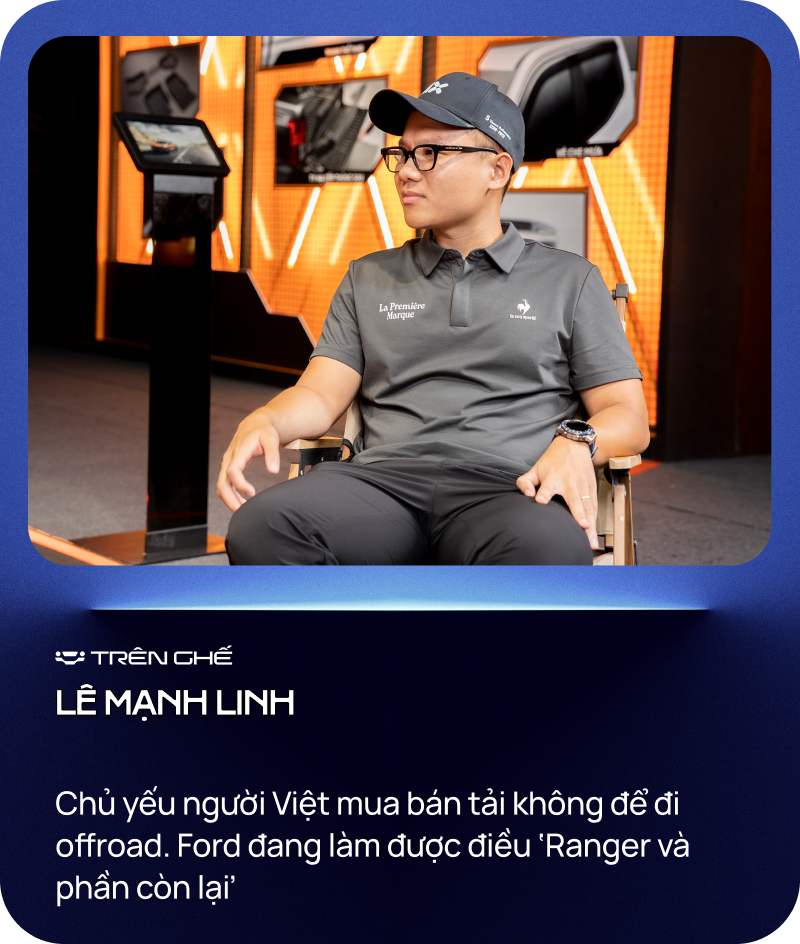
But clearly, all products are thoroughly researched before their launch. So, what advantages does the “rest” have, including the Triton, in your opinion?
Since the previous generation, the Triton has always been the second-best-selling pickup truck, sometimes even competing with the Hilux. However, the pickup truck segment has consistently seen the Ranger in first place, followed by the Triton, and then the other models.
From the previous to the newest generation, the Mitsubishi Triton has always had strengths compared to the rest of the pickup truck segment.
Firstly, the Triton is a compact vehicle with a short wheelbase. As a result, its turning radius is only 5.9 meters, while its competitors are over 6 meters. This is an advantage when competing in this segment.
Secondly, the Triton has always been renowned for its durability, both in terms of chassis and engine. These are two strong points of the previous generation Triton.
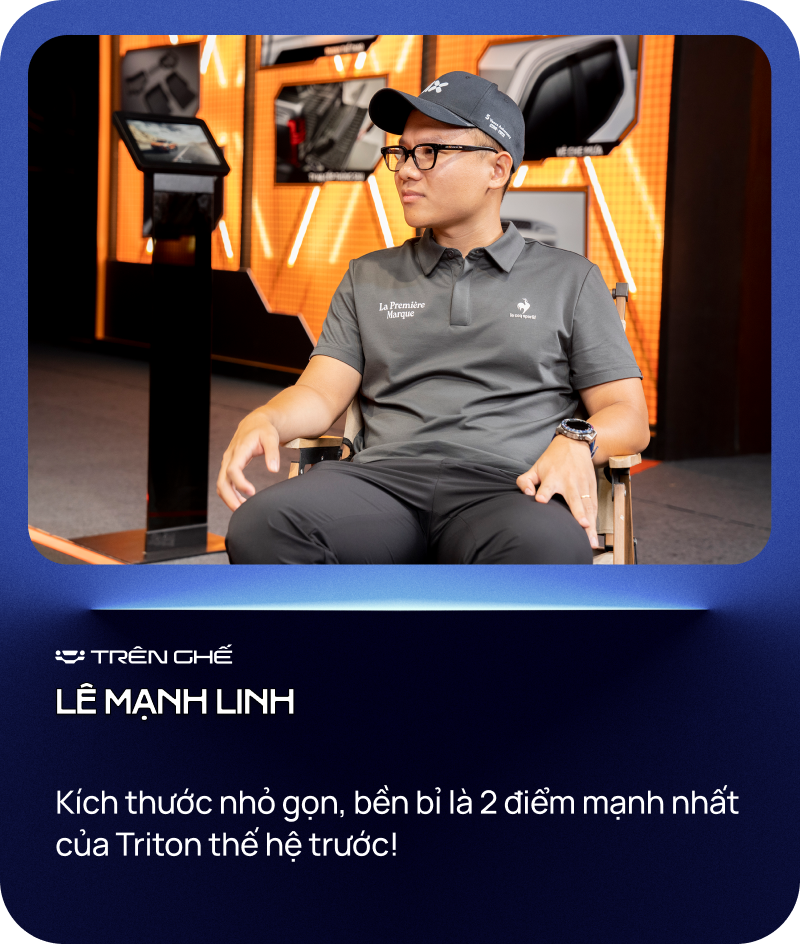
With the newest generation, Mitsubishi has improved the Triton’s chassis and engine, and it now has standout features compared to the Ranger.
Many people chose the previous generation Triton for a specific reason: it could navigate narrow paths that other pickup trucks couldn’t.
With this generation, Mitsubishi has increased the vehicle’s size, creating a more imposing and rugged Triton. This could appeal to the Vietnamese preference for “grand” vehicles. However, the trade-off is that the Triton has lost some of its compactness, which was previously a strong advantage.
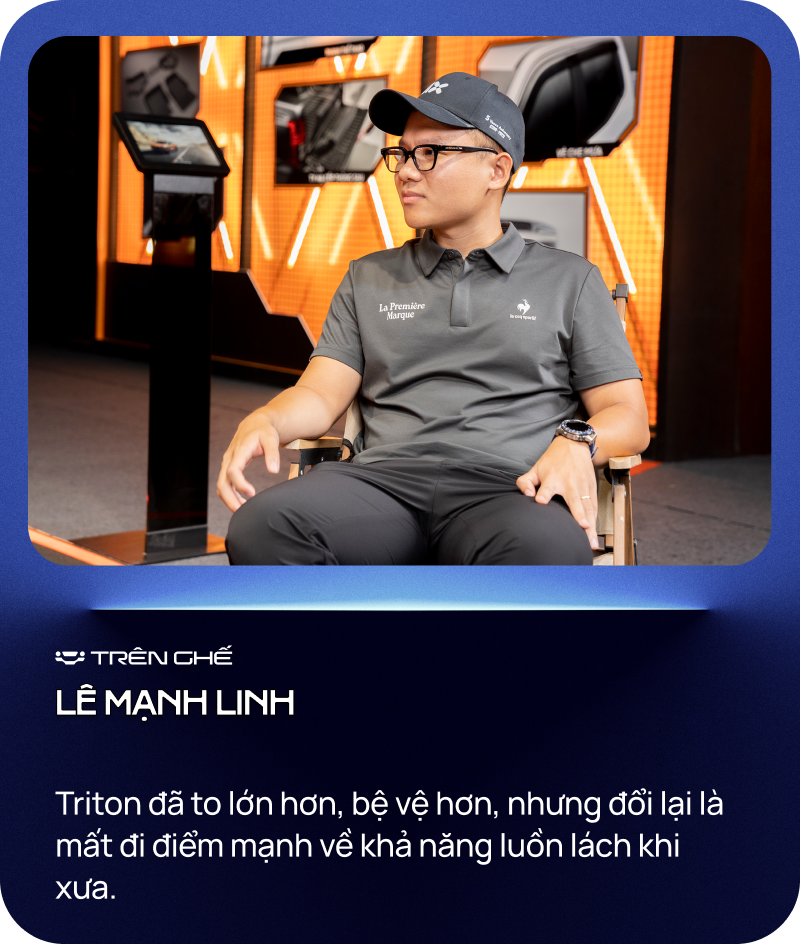
Aside from this, what else do you think this model needs to improve on?
I believe the new generation Triton is a significantly improved vehicle. We now have a completely new Triton, both inside and out, from exterior to interior and engine.
Although I haven’t had the chance to test drive it yet, based on the manufacturer’s specifications, I’d say the Triton is even better than the Ranger. It has many strengths, such as the Super Select four-wheel drive system, spacious interior, and comfortable seats.
On the other hand, its design language, which the brand calls “Beast Mode,” indirectly conveys that it’s a unique, bold, and powerful design. More importantly, this type of naming is usually not intended for mass appeal.
Looking at it positively, some people believe that this design may not be initially appealing, but it “grows on you.” This could be a disadvantage for the Triton, as customers who aren’t immediately attracted to it in the showroom may be drawn to the Ranger’s exterior when they visit the Ford showroom and change their purchasing decision.
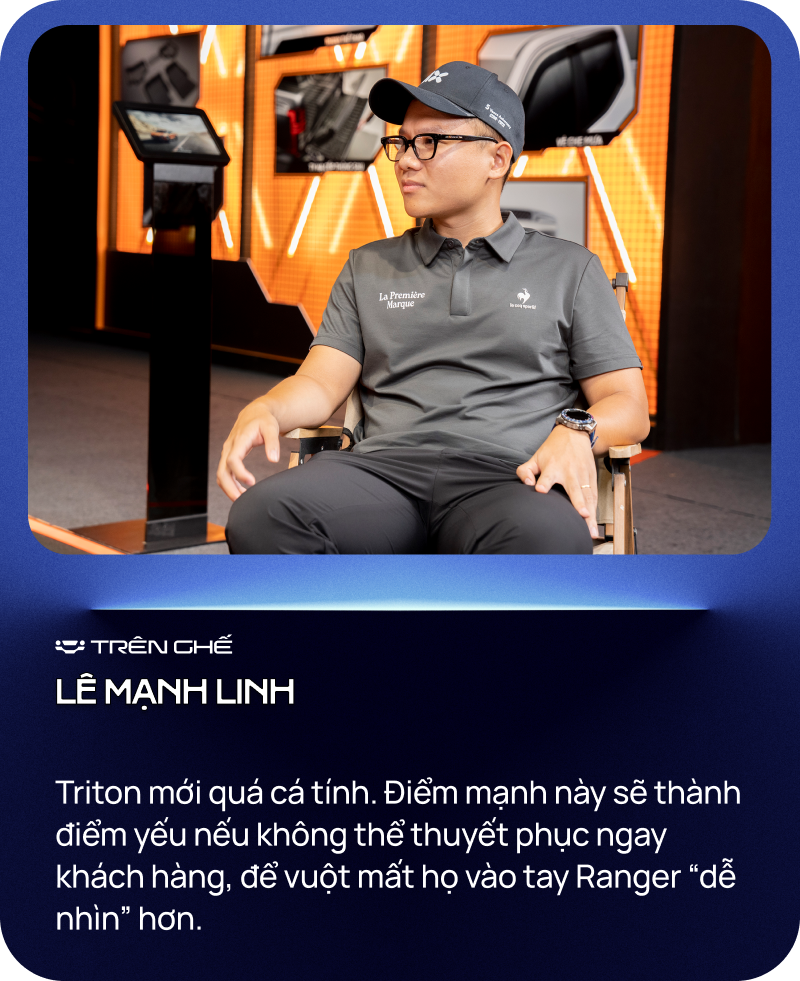
In your opinion, who is the target customer for the Mitsubishi Triton in Vietnam?
I believe the customers for the sixth-generation Triton will be similar to those of the fifth generation. They are people who need a regular vehicle for cargo transportation and frequently navigate challenging off-road conditions.
Additionally, with its more imposing design and increased amenities, I believe the Triton will attract new customers. These could include those who want a vehicle for city driving or even female customers. Because the Triton’s engine has advantages over the Ranger when driving on paved roads, there is reason to believe that the Triton will offer a different experience than the Ranger.
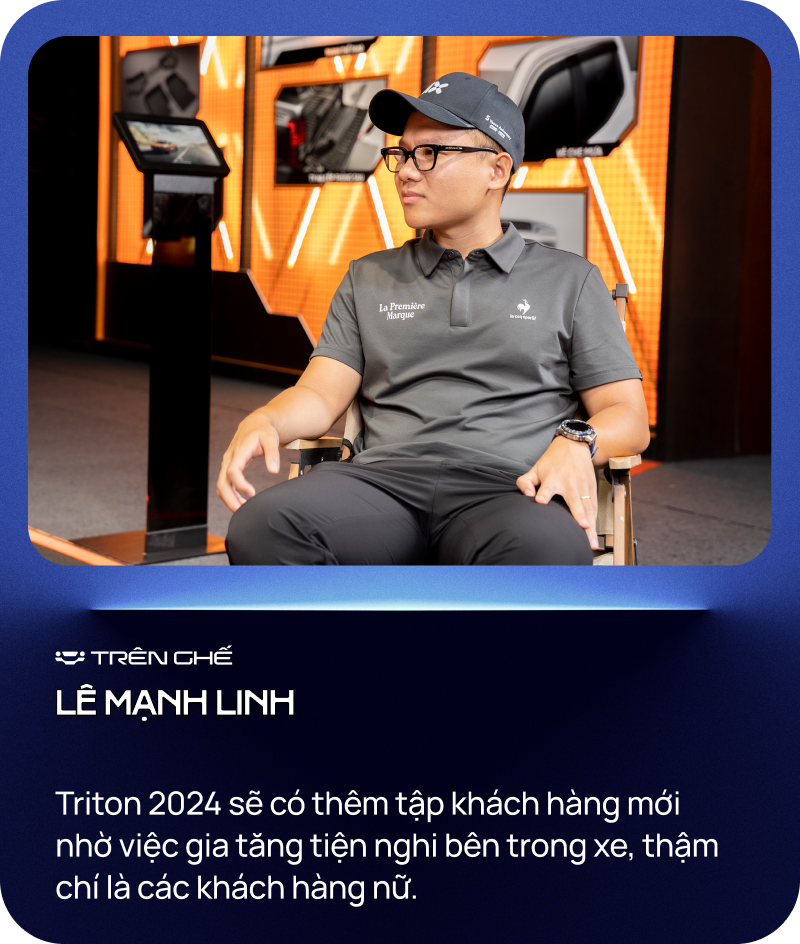
What are your predictions for the Triton’s sales performance in the coming time?
As soon as the vehicle was launched, members of the “Anh Em Mê Xe” community actively discussed the new Triton.
Design was the most talked-about topic among the members. No one denies that the vehicle has a powerful Bi-Turbo engine and a superior Super Select four-wheel drive system, but ultimately, what everyone mentions the most is the vehicle’s exterior.
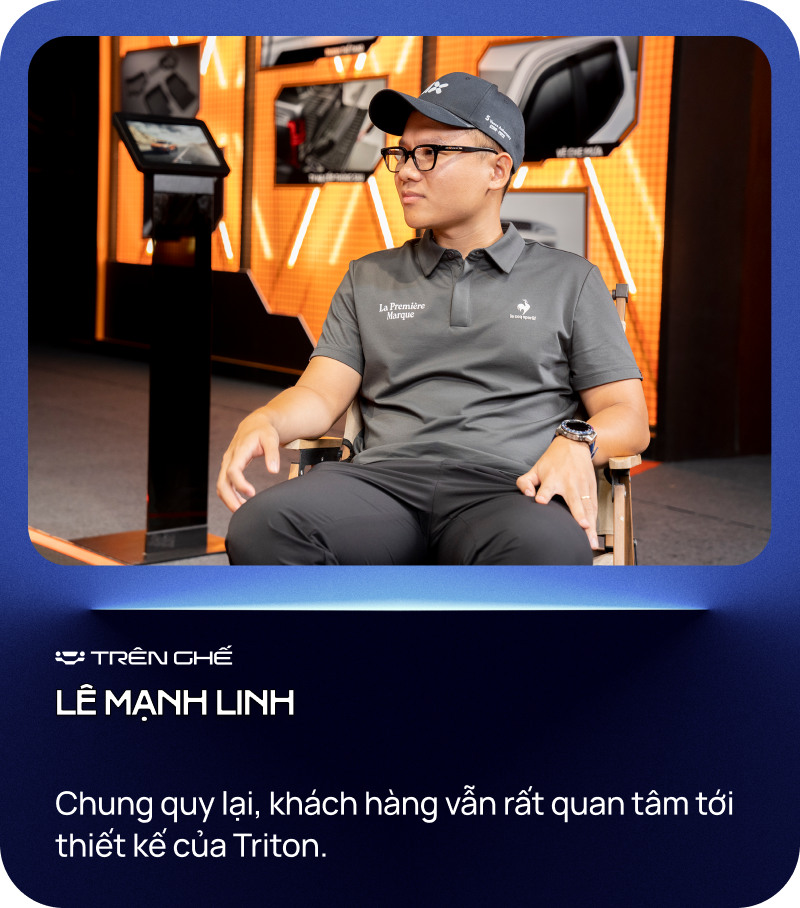
I believe that with its completely new look, the Triton will maintain its second-place position in the pickup truck segment in Vietnam. Additionally, this model will quickly gain market share due to its significant improvements over the previous generation.
I don’t think that second place is a disappointing result. Other models like the Hilux, Navara, and D-Max are always striving to compete for this position. Therefore, it’s commendable that the Triton can maintain its second-place standing in the pickup truck segment.
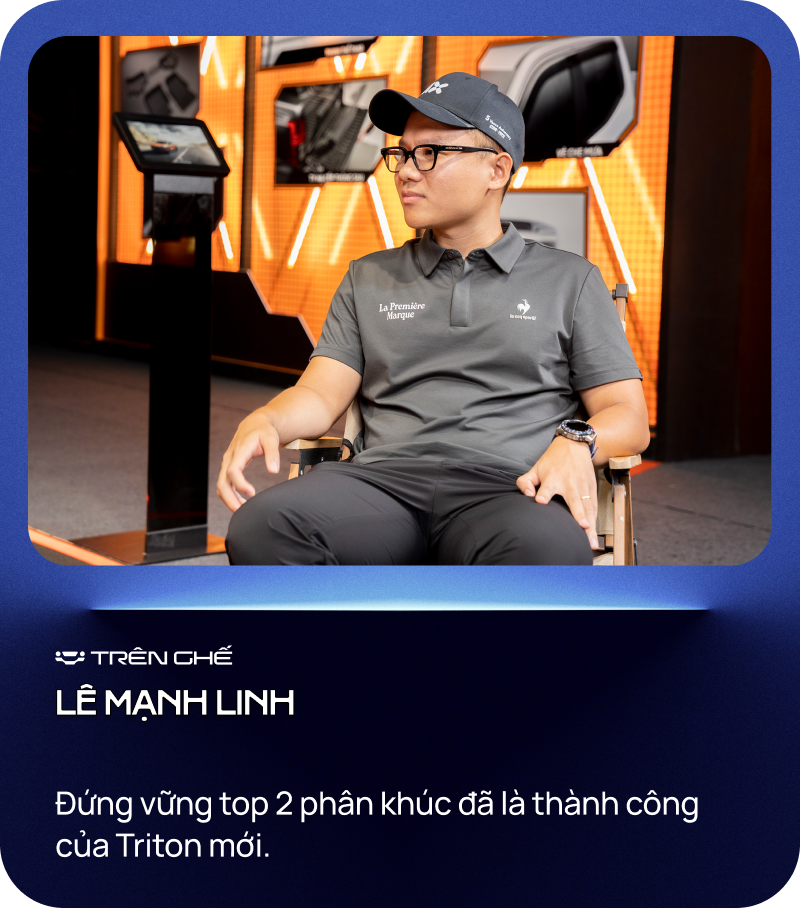
Even though I own a Ranger, as an automotive media professional, I try to look at it from a community and market perspective rather than my personal feelings. I chose the Ranger because it met my specific needs. I needed a pickup truck for daily commuting, and my work didn’t require off-road capabilities, so I didn’t need the Triton’s strengths in that area.
I believe my choice is similar to the majority of Vietnamese consumers’ preferences when buying a pickup truck. This is a significant difference in the Vietnamese market compared to some other Southeast Asian countries.
Thank you very much, Linh, for your insights.
The “Trên Ghế” program is a collaboration between Ho Chi Minh City Television and VCCorp; in cooperation with AutoPro; with commercial exploitation by AdWheel; and in association with Giovanni.
The Successful Trung Nguyen E-Coffee Franchise Model Launches an Upgraded Version
On September 14, Trung Nguyen E-Coffee, a leading coffee franchise model, inspired a successful startup with the launch of its 2024 version. The event witnessed the signing of over 200 contracts, marking a significant milestone for the brand.
“Sustainable Development: A Conversation with Ms. Đặng Huỳnh Ức My at the ‘Gateway to ASEAN’ Conference”
On September 6, the UOB Singapore-hosted conference, “Gateway to ASEAN” 2024, themed “ASEAN: Crossroad to The World,” took place in Ho Chi Minh City. Ms. Dang Huynh Uc My, Chairman of the Board of Directors of TTC AgriS and Betrimex, participated in the discussions, offering insightful solutions for sustainable business development.
The Art of Persuasion: A $650,000 Office Gift Exchange
The Supreme People’s Procuracy of Vietnam has proposed prosecuting four former leaders of the northern province of Bac Binh for “Taking Bribes”. The accused include Nguyen Nhan Chien, former Secretary of the Provincial Party Committee; Nguyen Tu Quynh, former Chairman of the Provincial People’s Committee; and Nguyen Hanh Chung, Vice Chairman of the Provincial Assembly.

